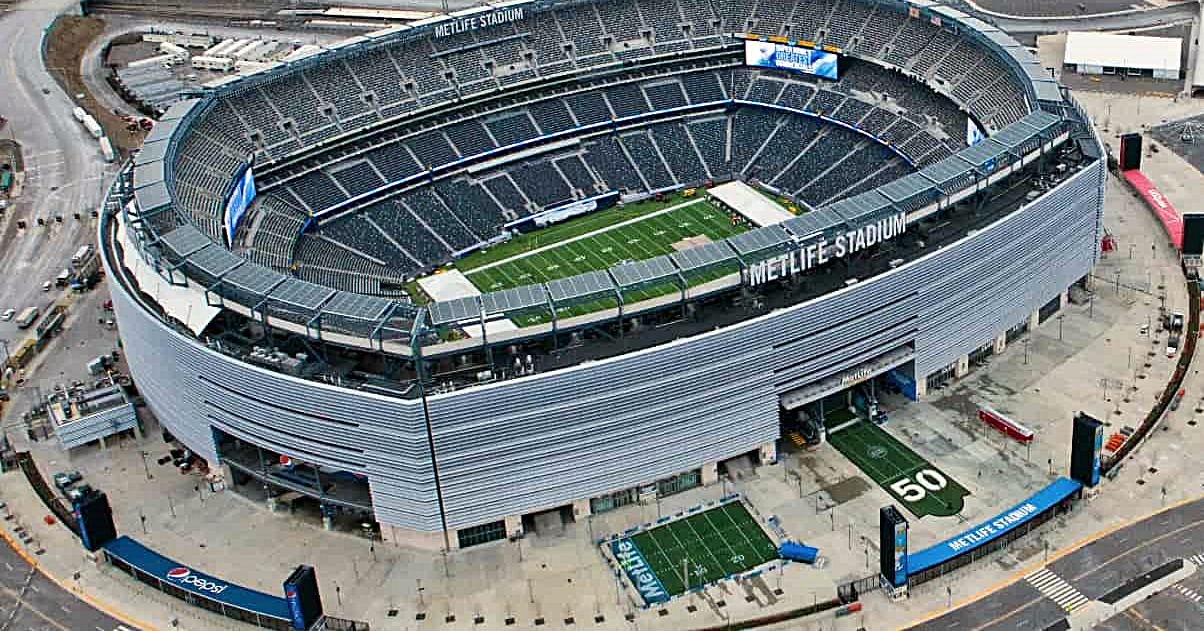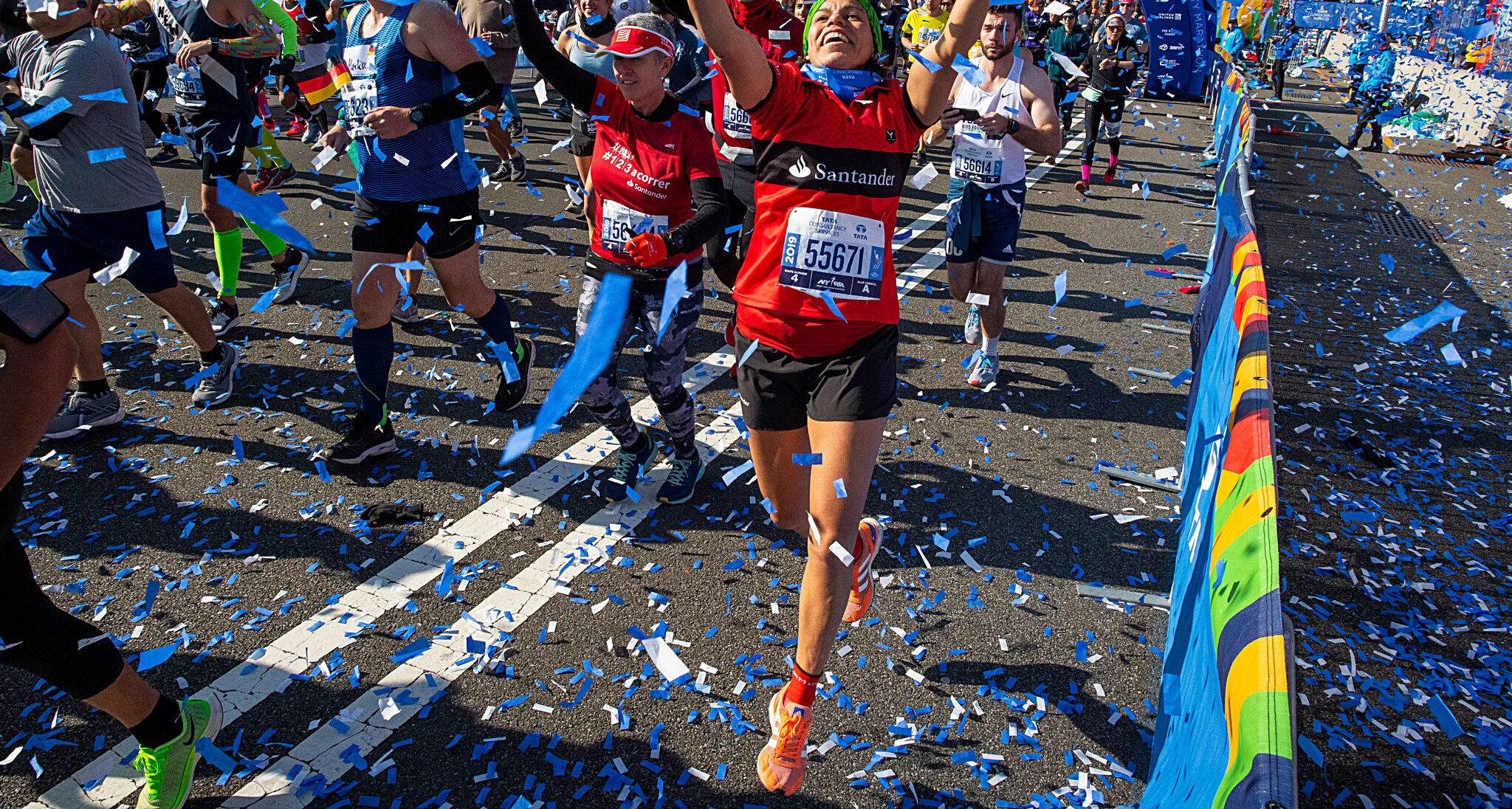MetLife Stadium, located in East Rutherford, New Jersey, is a premier venue for sports and entertainment events in the New York City metropolitan area. Whether you’re heading to see the New York Giants or the New York Jets, or attending a major concert or event, MetLife Stadium is just a short distance away from the bustling streets of NYC. Despite being in New Jersey, the stadium is conveniently accessible from Manhattan and other boroughs, making it a frequent destination for New Yorkers.
In this comprehensive guide, we will explore everything you need to know about traveling to MetLife Stadium from NYC, why hiring a limo service like Limo Service in NYC is the best option, detailed insights into New York City counties, fleet options, pricing, routes, and comparisons to other transportation methods.
New York City Counties and Proximity to MetLife Stadium
New York City comprises five boroughs (counties), and understanding their proximity to MetLife Stadium can help you plan your journey more effectively.
- Manhattan (New York County): The heart of NYC, Manhattan, is approximately 8-10 miles from MetLife Stadium. Due to traffic, it typically takes 20-45 minutes by car or limo service to reach the stadium, depending on the time of day and route taken.
- Brooklyn (Kings County): Brooklyn is about 15-20 miles from MetLife Stadium, with travel times ranging between 40 minutes to 1 hour by car. Choosing the right time to travel and the best route is key for minimizing travel time.
- Queens (Queens County): Queens is roughly 13-17 miles from MetLife Stadium, with an average travel time of 30-50 minutes. Traffic during major events can extend this travel time, but taking a comfortable limo can ease the stress of the journey.
- The Bronx (Bronx County): Located 15-18 miles away, The Bronx is about 30-50 minutes by car or limo from MetLife Stadium. This borough has excellent highway access, which can make the journey smoother, especially with a professional limo service.
- Staten Island (Richmond County): As the farthest borough from MetLife Stadium, Staten Island is about 25-30 miles away. The journey can take anywhere from 45 minutes to 1.5 hours, making limo services particularly beneficial for long rides.
Why Choose Limo Service in NYC for Your Trip to MetLife Stadium?
When attending an event at MetLife Stadium, whether it’s a football game, a concert, or a special event, comfort, reliability, and luxury make a limo service the top transportation choice. Limo Service in NYC provides several advantages over other transportation methods like taxis, buses, or trains. Here’s why our service stands out:
- Comfort and Luxury: Traveling in a limo means you get a spacious, comfortable ride with amenities such as plush seating, refreshments, and entertainment options. You can relax before or after the event without worrying about traffic or parking.
- Door-to-Door Service: With Limo Service in NYC, you get picked up from your location and dropped off right at the stadium entrance. No need to navigate through crowded parking lots or wait for public transportation.
- Timeliness and Convenience: With our professional drivers, we ensure timely pickups and drop-offs. We know the best routes to take and the traffic conditions, so you can avoid delays.
- Group Travel Made Easy: If you’re traveling to MetLife Stadium with friends or family, our limos and black cars offer ample space for larger groups. Everyone can travel together, ensuring the fun starts as soon as you step into the limo.
- Safety and Professionalism: Our chauffeurs are highly trained, professional, and familiar with the routes to MetLife Stadium. You can enjoy peace of mind knowing that your safety is our top priority.
- No Parking Hassles: Parking at MetLife Stadium can be a challenge, especially during major events. By using Limo Service in NYC, you can skip the stress of finding a parking spot or dealing with post-event traffic jams.
Our Fleet and Pricing at Limo Service in NYC
At Limo Service in NYC, we pride ourselves on offering a wide range of vehicles to meet the diverse needs of our clients. Whether you’re attending an event at MetLife Stadium or need transportation for other occasions, our fleet is designed to accommodate both luxury and convenience.
Fleet Options
- Sedans: Ideal for individuals or small groups looking for a sleek and comfortable ride. Our luxury sedans include models like the Mercedes-Benz S-Class and BMW 7 Series.
- SUVs: For groups of up to 6 people, our luxury SUVs like the Cadillac Escalade and Range Rover offer ample space, comfort, and a smooth ride.
- Stretch Limousines: Perfect for larger groups, stretch limos offer seating for up to 10 passengers with premium amenities such as mood lighting, refreshments, and entertainment systems.
- Mercedes-Benz Sprinter Vans: These vans are ideal for group travel to MetLife Stadium, offering comfortable seating for up to 14 passengers.
- Party Buses: For those looking to turn their ride into a pre-game or concert party, our luxury party buses offer a fun atmosphere with sound systems, lighting, and seating for up to 30 passengers.
Pricing Information
Our pricing depends on the type of vehicle, the duration of the trip, and any additional services you request. Here’s a basic outline of our rates:
- Sedans: Starting at $75 per hour (4-hour minimum).
- SUVs: Starting at $95 per hour (4-hour minimum).
- Stretch Limousines: Starting at $125 per hour (4-hour minimum).
- Mercedes-Benz Sprinter Vans: Starting at $150 per hour (4-hour minimum).
- Party Buses: Starting at $225 per hour (4-hour minimum).
Note: Prices may vary based on demand, event type, and specific client requests. For special events at MetLife Stadium, booking early ensures availability and the best rates.
Routes to MetLife Stadium from NYC
When traveling from NYC to MetLife Stadium, there are several routes to choose from. The most convenient route depends on your location within New York City. Our drivers are experts at selecting the quickest and most efficient paths, considering traffic and event schedules.
- From Manhattan:
- Route: Take the Lincoln Tunnel to NJ-3 W, then follow signs to the Meadowlands Sports Complex.
- Travel Time: Approximately 20-45 minutes, depending on traffic.
- From Brooklyn:
- Route: Use I-278 W to NJ-3 W, or take the Manhattan Bridge to connect to the Lincoln Tunnel.
- Travel Time: Approximately 40 minutes to 1 hour, depending on traffic.
- From Queens:
- Route: Take I-495 W (Long Island Expressway) to the Midtown Tunnel, then connect to NJ-3 W.
- Travel Time: 30-50 minutes.
- From The Bronx:
- Route: Take I-95 S to the George Washington Bridge, then follow I-95 S to NJ-3 W.
- Travel Time: 30-50 minutes.
- From Staten Island:
- Route: Use the Goethals Bridge to connect to I-95 N, then merge onto NJ-3 W.
- Travel Time: 45 minutes to 1.5 hours.
Benefits of Limo Service in NYC Over Other Transportation Modes
When deciding how to get to MetLife Stadium, you have a variety of transportation options, but here’s why limo service stands above the rest:
1. Limo Service vs. Public Transit:
- Comfort: Public transit can be crowded and uncomfortable, especially during major events. Limos offer luxury, space, and privacy.
- Convenience: With a limo, you don’t have to worry about train schedules or navigating stations. You get door-to-door service.
- Efficiency: Public transit may involve multiple transfers and delays, while a limo takes you directly to your destination.
2. Limo Service vs. Ridesharing (Uber/Lyft):
- Luxury: Ridesharing apps can’t match the luxury of a well-appointed limo with premium amenities.
- Professionalism: Our chauffeurs are trained professionals with years of experience, ensuring a safe and smooth ride.
- Reliability: With ridesharing, surge pricing and availability can be an issue, especially during peak event times. Limo Service in NYC offers fixed rates and guaranteed service.
3. Limo Service vs. Driving Yourself:
- Parking: Driving yourself means dealing with expensive and often scarce parking options at MetLife Stadium. Limo service eliminates this headache entirely.
- Stress-Free: Navigating traffic and dealing with road conditions can be stressful. With a limo, you can relax and enjoy the ride.
- Group Travel: If you’re attending with a group, limo service ensures that everyone travels together, arriving at the same time without the need to coordinate multiple vehicles.
Conclusion
When planning a trip to MetLife Stadium from New York City, opting for a limo service offers the ultimate combination of comfort, convenience, and luxury. Whether you’re attending a sports event, a concert, or any special occasion, Limo Service in NYC ensures a seamless experience, free from the stress of navigating traffic or parking. With a wide range of vehicles, competitive pricing, and a commitment to excellence, we provide the best transportation solution for your MetLife Stadium needs.
Frequently Asked Questions
How far is MetLife Stadium from Manhattan?
MetLife Stadium is about 8-10 miles from Manhattan, with a travel time of 20-45 minutes depending on traffic.
What’s the best way to travel to MetLife Stadium from NYC?
The best way is by limo service, as it provides comfort, convenience, and door-to-door service, avoiding the hassle of parking and public transit.
Can I book a limo for a group?
Yes, we offer various fleet options, including stretch limos, SUVs, and party buses, perfect for groups of all sizes.
How much does it cost to hire a limo to MetLife Stadium?
Pricing varies based on the type of vehicle and the duration of the trip. Our sedan rates start at $75 per hour, while party buses start at $225 per hour.
How early should I book a limo for an event at MetLife Stadium?
It’s best to book at least a few weeks in advance, especially for major events, to ensure availability and secure the best rates.
Do you offer round-trip service to MetLife Stadium?
Yes, we offer round-trip limo services, ensuring that you’re picked up after the event and transported back to your destination comfortably.
What amenities are included in the limos?
Our limos feature plush seating, entertainment systems, climate control, refreshments, and more, depending on the vehicle you choose.
Can I customize the limo service for a special event?
Absolutely! We offer customizable options for special occasions, including decorations, preferred routes, and additional services.
Is limo service safe during the pandemic?
We adhere to strict health and safety protocols, including regular vehicle sanitization and mask-wearing for drivers, to ensure a safe travel experience.
How do I book a limo for MetLife Stadium?
Booking is easy! Simply visit our website or call our customer service team to reserve the vehicle of your choice.




